
This is where you find all our press releases and news articles.
As the owner or manager of a cattle farm, they all hope that their cattle farm is profitable. Since it is profitable, we must know how much profit and how much is the cost of feeding cattle?

cattle farm
Managers of dairy businesses should take time to evaluate their dairy businesses and identify areas where change is needed. Then, a game plan for accomplishing these changes needs to be designed and implemented. In a dairy business, feed costs typically represent 40 to 50% of the costs of producing milk, making feed costs the largest cost category. In recent years, feed costs have represented more than 60% of the cost of producing milk when corn and soybean meal prices have been high. The next highest relative costs are labor and interest at 10 to 20% of total cost. Thus, this begs the question—what can I do to keep feed costs down in the upcoming year.
Feeding programs should be designed to minimize costs while at the same time meeting the nutritional needs of dairy cows for various nutrients, such as protein, minerals, vitamins, carbohydrates and fats. Basically, we want to get cows to milk to their genetic potential this lactation and the next lactation to maximize profit for their owners. At the same time, nutritionists formulate diets that optimize the health and future reproductive performance of cows being fed. Milking cows need certain nutrients to support a healthy immune system which can prevent and minimize the impact of diseases, such as mastitis, and help vaccines produce the best responses to protect against disease. Rations are also formulated to protect the environment where the nitrogen (protein fraction) and phosphorus contents closely meet the cows’ needs and are not fed in excess amounts. Sometimes feed dollars spent to achieve these goals do not result in immediate financial rewards in improved milk production. These additional nutrients may be needed to replenish body stores used during early lactation so that they are available for milk production during the next lactation.
The first step in evaluating or reviewing the economics of a diet is to calculate current feed costs, not only on a cost per cow basis but also on a hundredweight of milk basis. An example is show in the table below. With these numbers, you came compare your costs to your neighbors and to previous years. Also, these calculations can help you pinpoint areas you may want to change.
Many different combinations of “forage” and “concentrate” ingredients can be used to formulate diets that meet the goals of successful feeding programs which include getting cows to milk “well”. The key is to provide adequate forages and forage particle size that stimulate cows to chew their cuds and provide adequate nutrients to support realistic milk production levels for the genetics of the herd and their stage of lactation. This combination must also fit the feeding system on the farm itself.

Cattle eat pellets
When evaluating the costs of a diet being fed, evaluations need to be based on income over feed costs—not feed costs alone. Spending a little more in feed cost may make you more profit as long as the cows milk better, rebreed quicker, or are healthier. One key point to remember is—NEVER give up milk. As shown in this example, 5 lbs of milk goes a long way at increasing the net income of an operation.

Cattle eat forage
1. Purchase ingredients in larger lots through cooperative purchases with your neighbors (that you know can cash flow the purchase). Your neighbor does not need to be a dairy farmer – other livestock or crop enterprises also utilize feed commodities or other products that can be purchased in larger amounts for a discount.
2. Shop around for the best price. Be careful that you are comparing prices for equivalent ingredients and that they are “quality” ingredients. For example, the ingredient has not been overheated to render the protein unavailable to the cow or that it contains mycotoxins (wet corn or whole cottonseed). Also, be careful to account for the moisture content of various by-products when doing a price comparison.
3. Contract for a certain amount of an ingredient or complete feed at a set price for a set time frame from a supplier.
4. If you are purchasing ingredients as needed, evaluate their nutritive value using the “Feedval” spreadsheet from the University of Wisconsin. You can then evaluate if you should discuss changing ingredients of your cows’ diet with your nutritionist.
5. Minimize shrink or feed that “blows away” on windy days when it is loaded into the TMR wagon or grinder mixer.
6. Feed a consistent feed mixture to your cows. Cows are creatures of habit and their rumen bacteria perform better when they see a consistent mixture of nutrients. When feeding a TMR, the dry matter content of forages and wet-by-products needs to be measured at least weekly. Small changes (or in the example below major changeswhich I have seen this year) can change the nutrients supplied and the health of cows. Without adjusting the amount of silages or wet by-product for changing dry matter (or moisture content), these cows could become acidotic, go off-feed, and drop in milk production.
7. Properly mix and deliver the ration to your cows. Cows should be fed the amounts of dry matter listed on the balanced ration. If your cows will not eat the ration supplied or forages have changed, contact your nutritionist to reformulate the diet.
8. Balance rations for your heifers and dry cows and feed them the appropriate amount of grain and composition of that grain mix. Gone are the days when heifers are just fed 4 -5 lbs of grain.
9. Make sure that silos stay covered and that bags of silage do not get holes from rodent or bird damage. Air exposed silage deteriorates quickly and cows should not be fed spoiled silage.
10. Purchase high quality forages, i.e. alfalfa hay, based on forage analysis not “appearance”. As you assess your forage program for 2010, what can you change to improve the quality of forages that you have to feed your cows?
Having the right mix of reliable, high-quality pellet machine and pelletizing systems and expert support is essential to your success. Watch how our end-to-end feed pellet plant solutions have helped our customers optimize their performance.
Our customized and future-proofed turnkey pellet plant solutions is designed with you at the core. From vision to reality and beyond, our team stays connected with yours. Giving you peace-of-mind with an expert at your side.
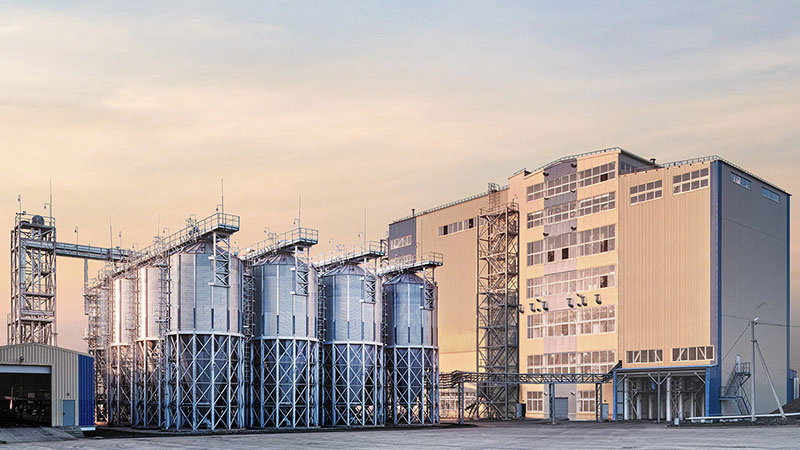
At RICHI, we go beyond project completion. With RICHI Servicee, we’re your dedicated partners in success. Count on us for expert guidance, minimal downtime, and optimized productivity. Choose RICHI for unmatched service and support.
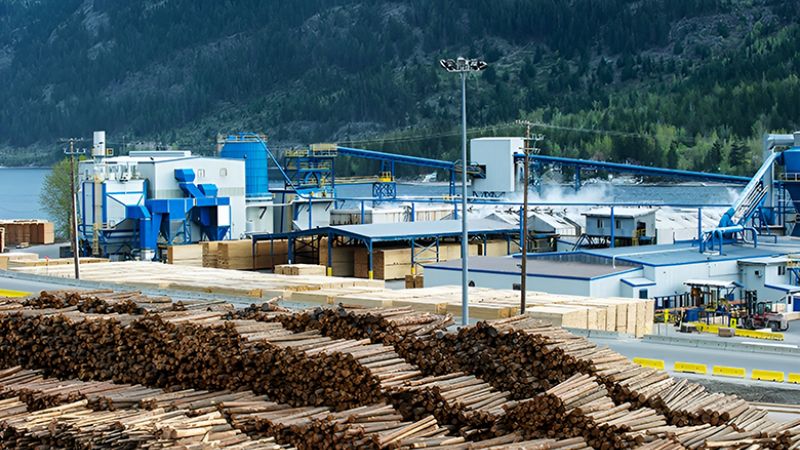
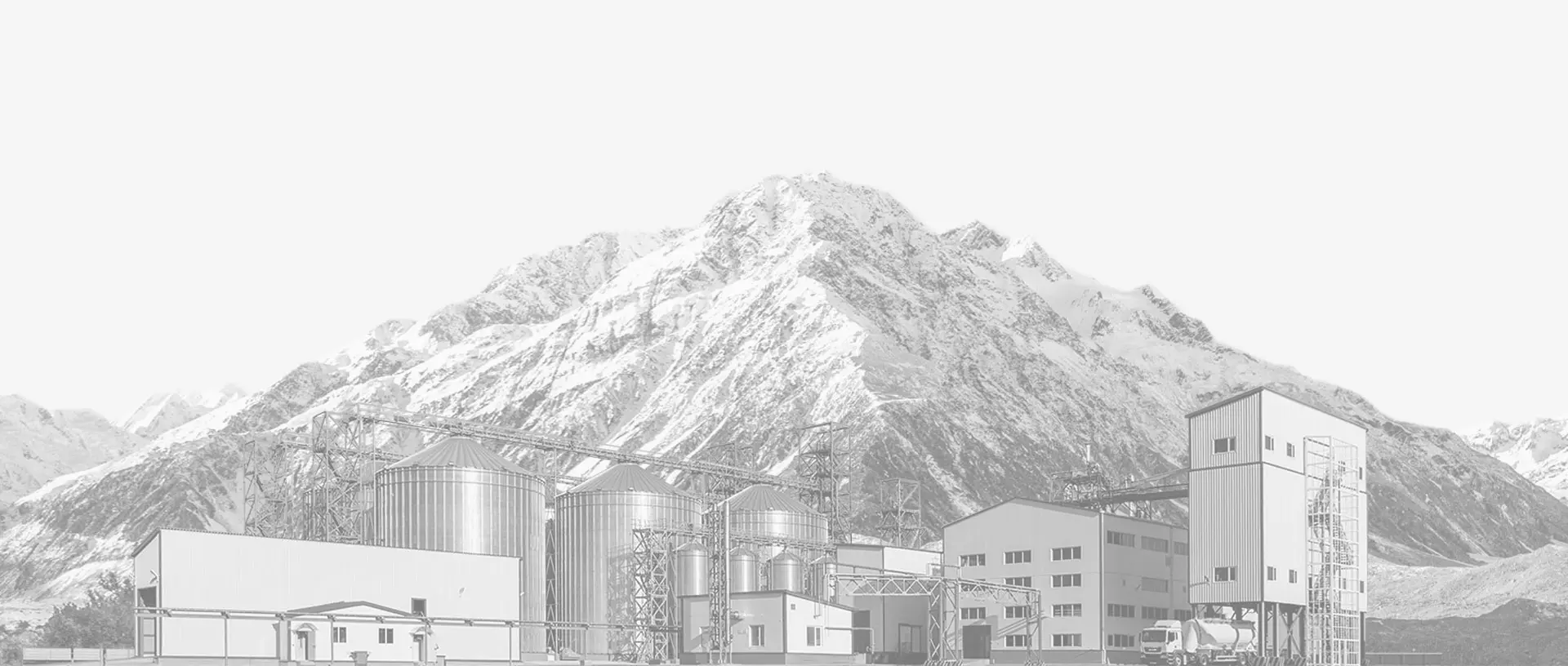

Meet global product demands and quality standards with industry-leading pellet plant design, engineering, equipment, and construction services for pellet processors.
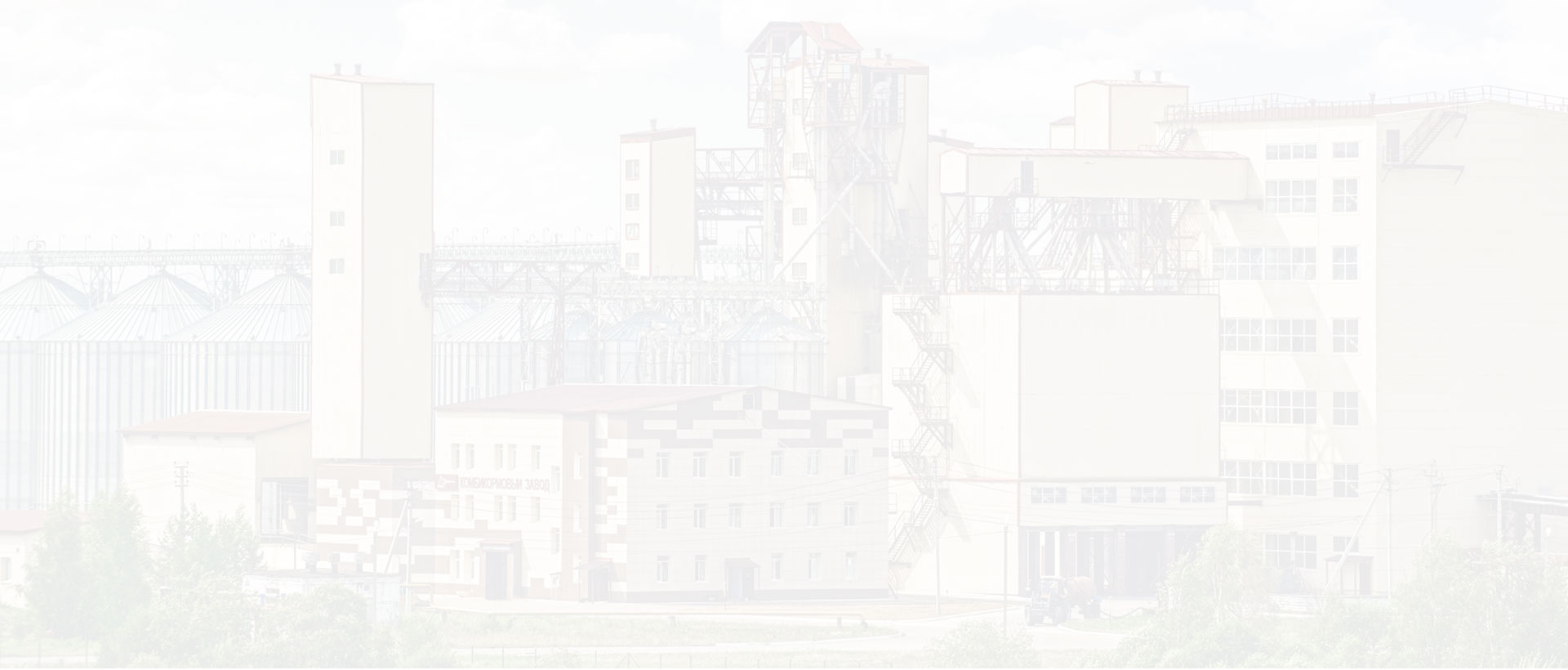
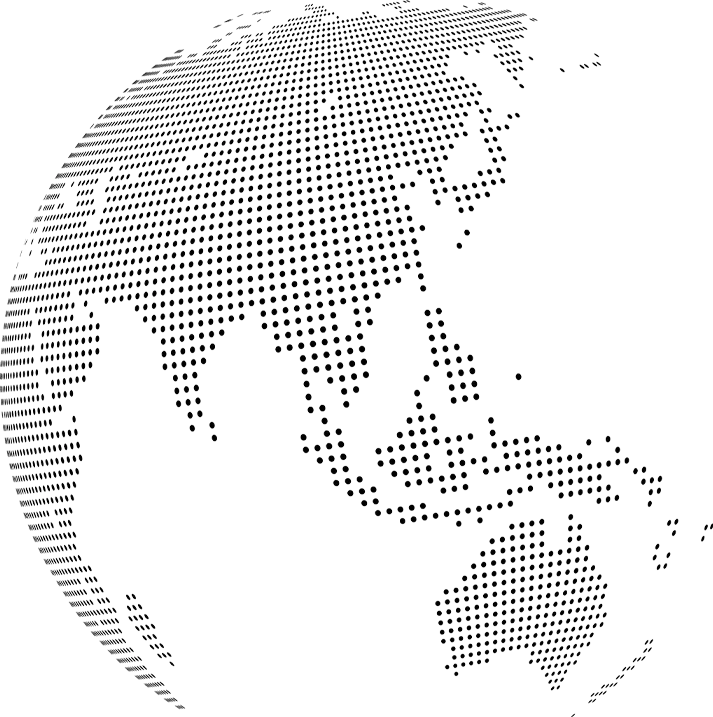
Your Partner Beyond Project Completion
2000+ cases
RICHI is the leading designer, manufacturer and builder of pellet plants in the world, completing over 2000 projects in 140 countries across 6 continents.
Read More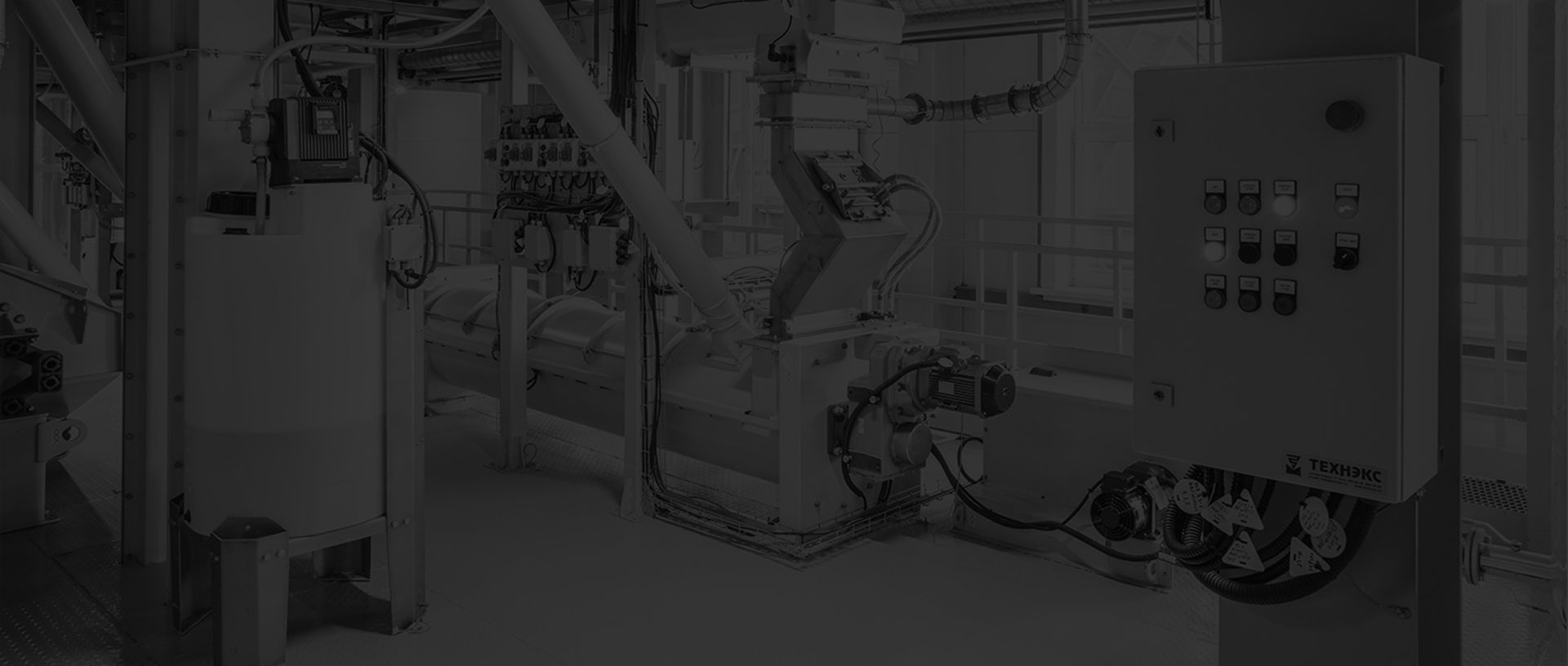
Increase plant productivity, profitability, and safety by integrating high quality equipment into your pellet production line. Over the years, RICHI has become China's top pellet equipment manufacturer. At the same time, RICHI has established valuable partnerships with the world's leading component and raw material manufacturers to bring you the best there is in technology, automation, and efficiency in pelleting plant machinery.
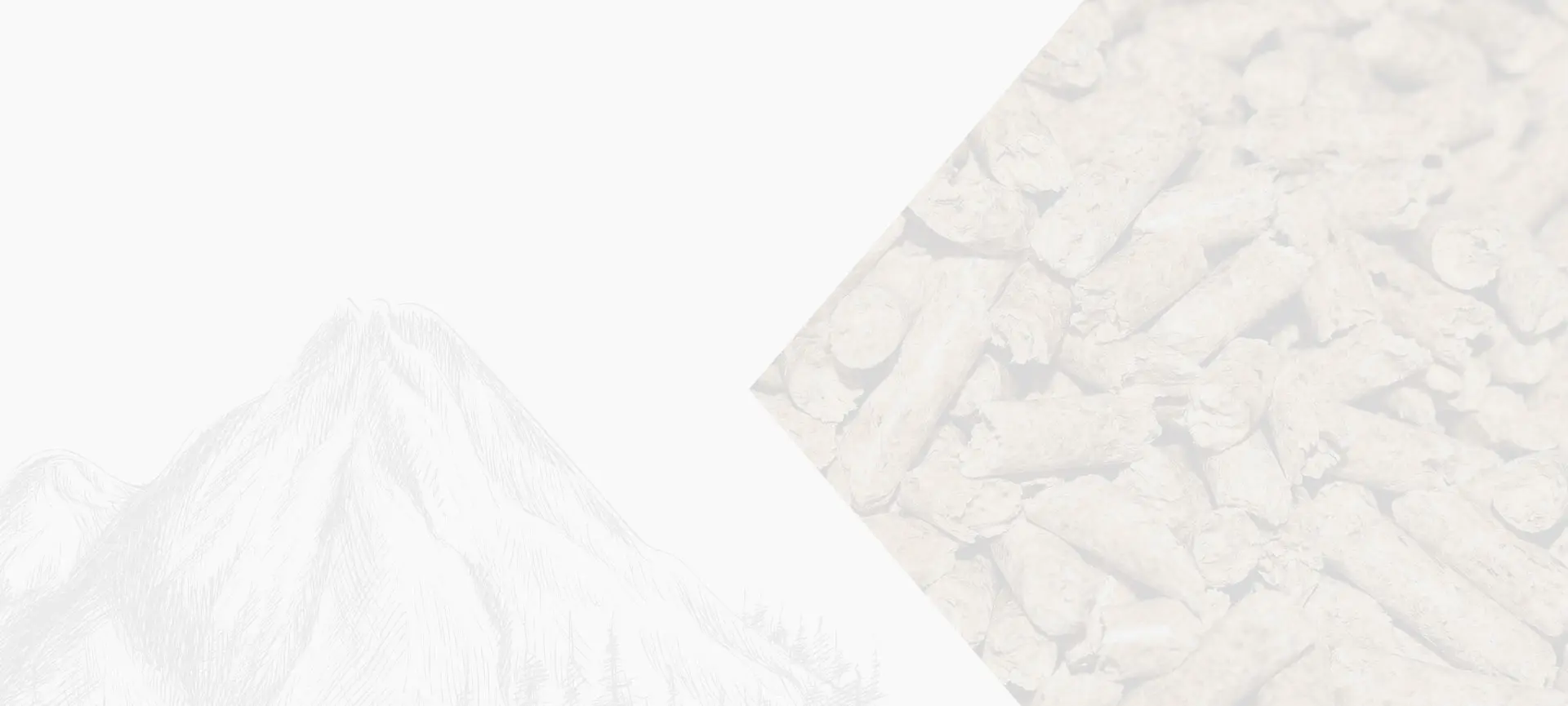
For nearly 30 years, RICHI has been providing best-in-class pellet plant equipment and services to clients across a variety of industries, sizes, and needs. We pride ourselves on the knowledge and skill that each team member possesses – from our technical sales team to our process design engineers. You can count on RICHI Machinery to take your operation to the next level of innovation, quality, and success.
Need help with your pellet manufacturing plant project? Contact us today.
ANIMAL FEED
BIOMASS
WOOD
ORGANIC FERTILIZER
AQUA FEED
CAT LITTER
MUNICIPAL WASTE RECYCLING
SPECIAL PELLET PRODUCTION
RICHI Machinery continues to deliver world class pellet mill equipment, pellet plant engineering and project solutions that add value to our customers in the animal feed, wood waste, agriculture waste, organic fertilizer, cat litter and special pellet products industries. Throughout the years, we RICHI Machinery have built strong brand, becoming industry-leading pellet machine manufacturer. We value integrity, promise quality, and prioritize your success.
Learn MoreWith our expert team, we precisely implement your process engineering requirements in pellet mill and pelletizing plant systems. No matter which industry you’re in – we understand your needs and deliver solutions that meet the highest standards.
At RICHI, quality comes first. Our pellet making machine and related pellet line equipment undergo rigorous quality controls to ensure they meet the highest standards. Rely on products that are durable, safe, and efficient.
With decades of experience in pellet machine and pellet production line production, we have earned a reputation as a trusted partner in various industries. Our expertise allows us to cover a wide range of applications.
Not only do we offer premium pelleting equipment, but we are also experts at designing, building, installing, and maintaining facilities from the ground up. Our expertise is within pellt plant process design, discovering the most efficient, productive, and profitable way to handle your materials in an end-to-end cycle.

Keeping in touch with us is an effective way to solve all your problems. If you have any needs or questions, please leave your contact information, then RICHI technical consultants will send design, quotation, videos to your mailbox. You can also contact us directly via WhatsApp: +86 13838389622
Copyright©2015-2024 by HENAN RICHI MACHINERY CO., LTD. All rights reserved.